Background:
Recognising and addressing our detachment from nature is becoming more and more important in a fast-paced society dominated by urban environments and technology breakthroughs. Extensive construction of concrete jungle adding up to the Urban Heat Island (UHI) effect which creates the difficult and uncomfortable environment in that particular area as well as its surroundings. It is the high time for the designers to create a built-environment which is comfortable and for its users as well as to the surroundings. One of the possible solutions to this problem is biophilic design. So, what are biophilic designs and why this concept of designing is trending right now? To know all about it, read the full blog- Biophilic Design: Reconnecting humanity with nature.
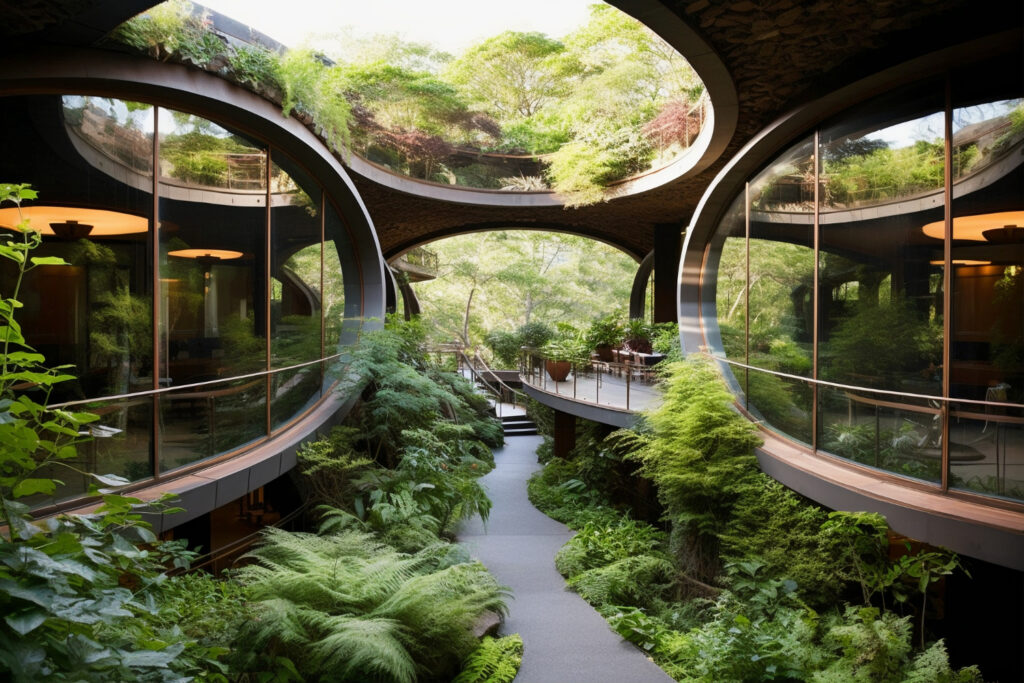
The Essence of biophilic design:
By including natural characteristics and materials in the built environment, the creative architectural idea known as “biophilic design” aims to re-establish a connection between people and the natural world. The concept behind the term “biophilia” is that people have an inbuilt love for nature and a need to interact with it in order to maintain their physical and mental health. The goal of biophilic design is to use this kinship with nature to create environments that are healthier, more effective, and visually beautiful. It can be used in a variety of situations, including as private residences, offices, schools, and public areas.
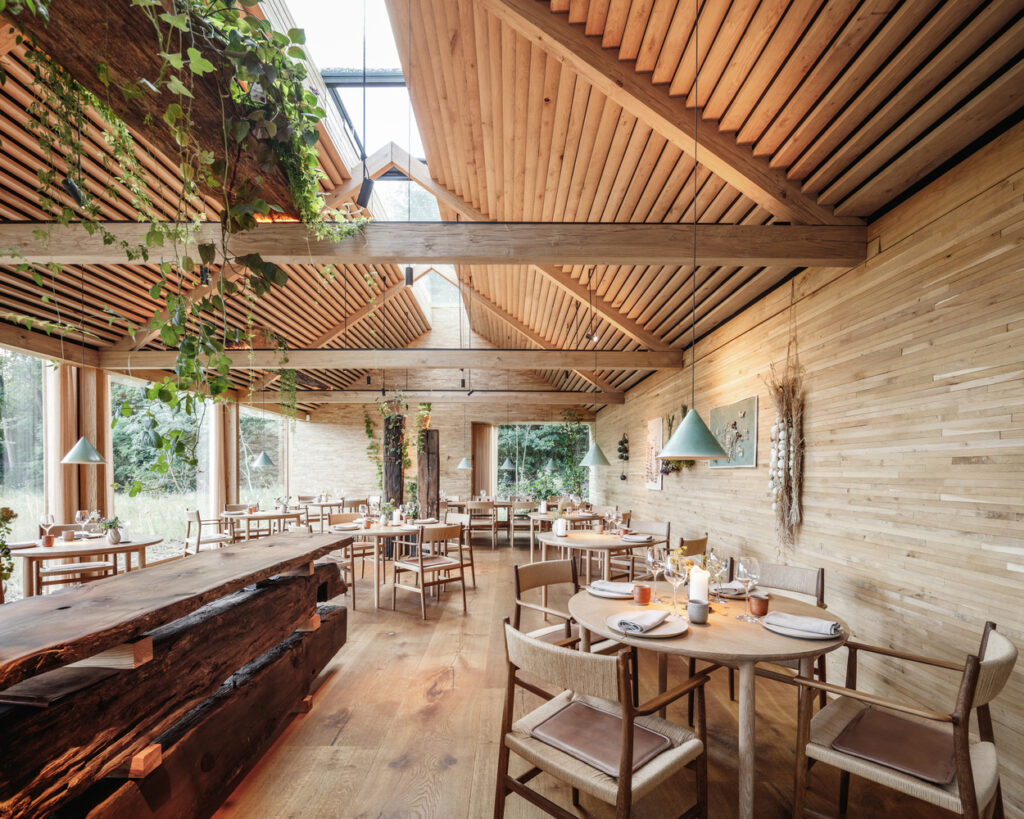
Picture Credits: archdaily
Elements of Biophilic Design: Reconnecting humanity with nature.
1. Nature-Inspired Elements
Closeness to nature is the important element of biophilic design. All that comes from nature either directly or indirectly is celebrated in this particular design principle:
- Biophilic design places a strong emphasis on bringing natural elements into indoor settings. The utilisation of indoor plants, living walls, and organic materials like wood, stone, and clay can accomplish this.
- Indoor fountains and aquariums provide a peaceful and meditative quality that also fosters a sense of connectedness to the natural world’s water resources.
- Natural textures and patterns, such as patterns inspired by leaves, flowers, or water ripples, can be incorporated into furnishings, wallpapers, and flooring, further blurring the boundaries between indoor and outdoor environments.
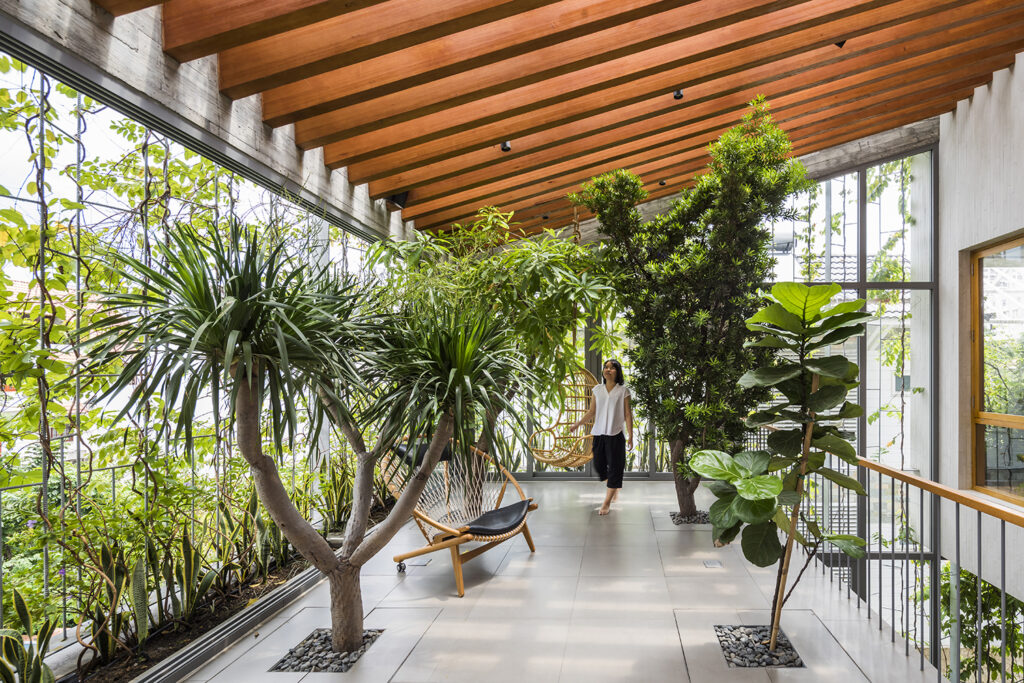
Picture Credits: archdaily
2. Natural Light and Lighting Design
Natural lighting plays a crucial role in biophilic designing, natural lighting has ability to create more warmth and natural touch to the space more than an artificial lighting.
- Utilising natural light to its fullest extent through strategically positioned windows and skylights decreases the demand for artificial lighting while also raising the standard of indoor areas.
- Daylighting design, which involves directing and diffusing natural light, can produce a soft and aesthetically pleasant illumination while lowering glare and improving comfort.
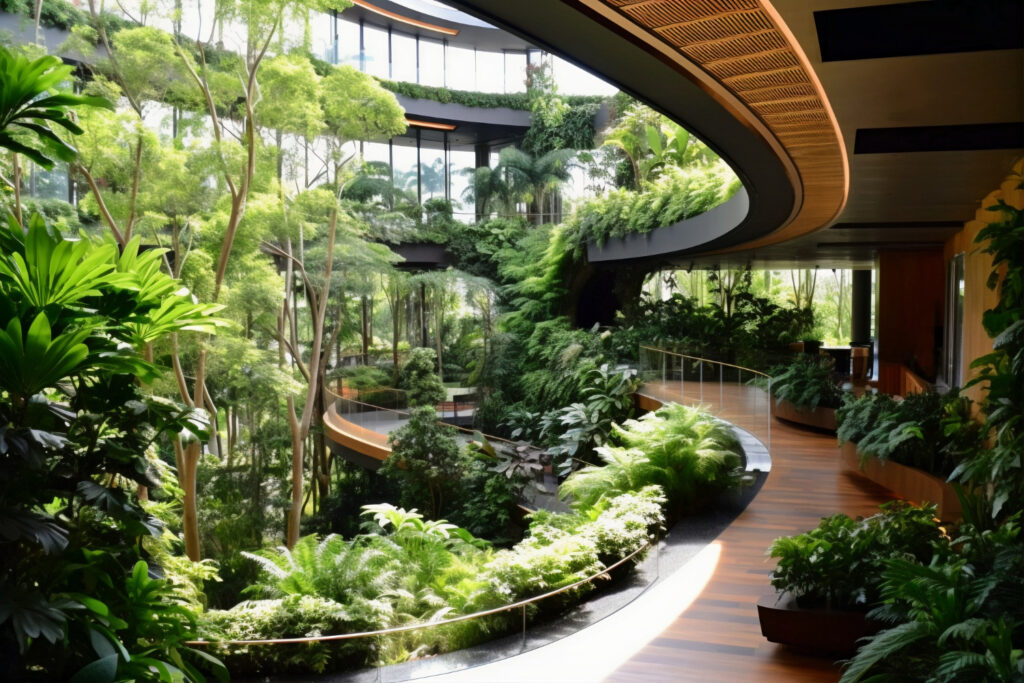
3. Visual Connections
A strong connection to the outside can be established and indoor surroundings can be made to be of higher quality by maximising the use of natural illumination and creating visual links through openings of various shapes:
- Giving building inhabitants access to views of nature inside is a crucial aspect of biophilic design. Large windows that frame outdoor gardens, parks, or other natural settings can drastically alter the ambience of the room.
- Views of the changing seasons help create a dynamic and ever-changing interior environment.
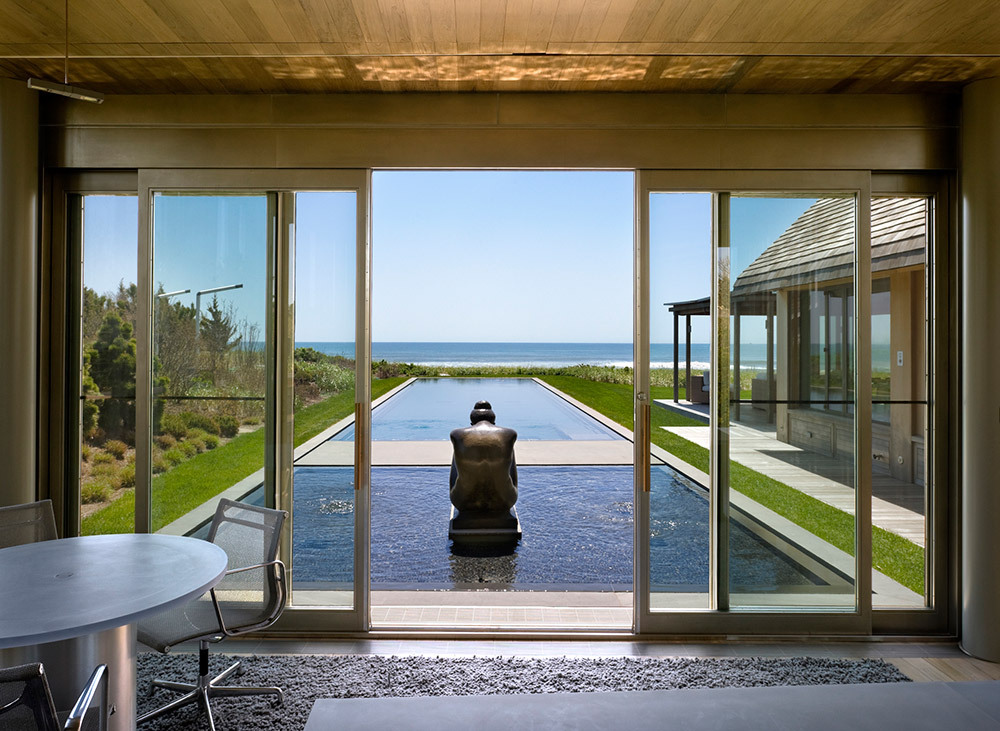
Picture credits: archdaily
4. Indoor Plants and Living Walls
Plants and greenery plays a very important role in biophilic designs as it helps in providing life to a space:
- Buildings’ inside environments can be made more peaceful and refreshing by using living plants and other greenery. This also helps to enhance air quality and reduce stress.
- The living wall is a vertical garden system and this modular system has inbuilt irrigation and drain system. This type of wall can breathe new life into a room and provide greenery to your house or yard while also adding colour and interest for a sleek, contemporary appearance.
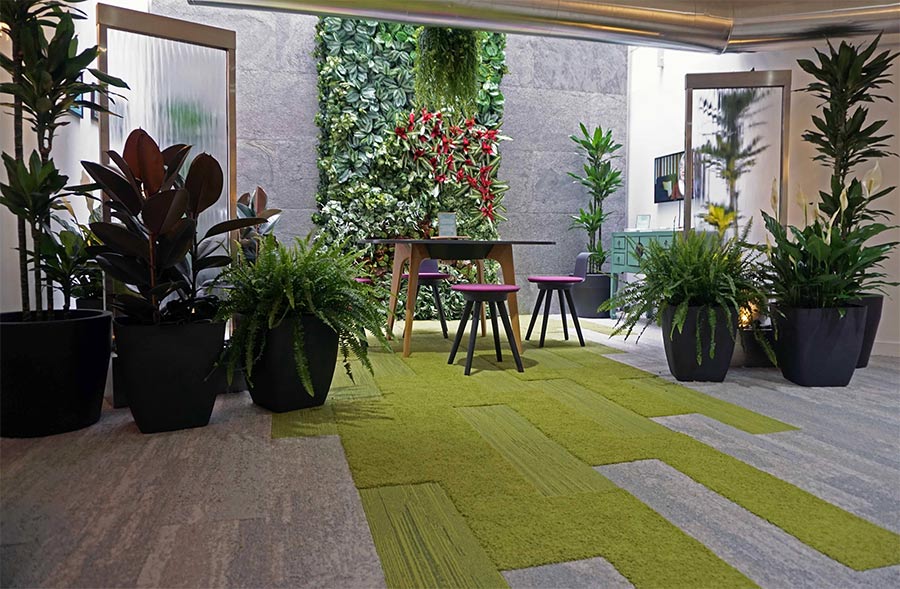
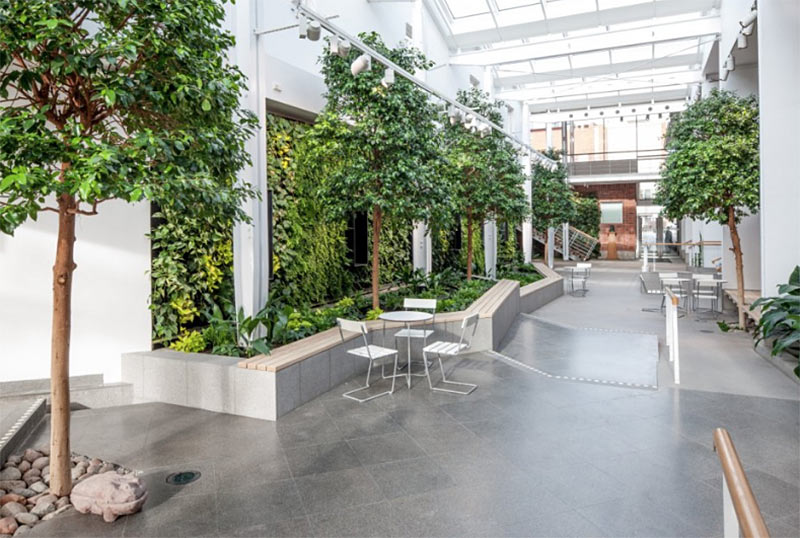
Picture Credits: Terramai
5. Natural Ventilation
The one of the major element is natural ventilation which can be designed carefully as per the climate of the region:
- The use of natural ventilation techniques, such as moveable windows and air circulation systems, is encouraged by biophilic design in order to improve the quality of the air and simulate the impression of fresh outdoor air.
- Use of passive design of architecture is encouraged instead of using active design techniques like use of fans and Air Conditioner. Click the link below to read more about Passive design of architecture on my previous blog.
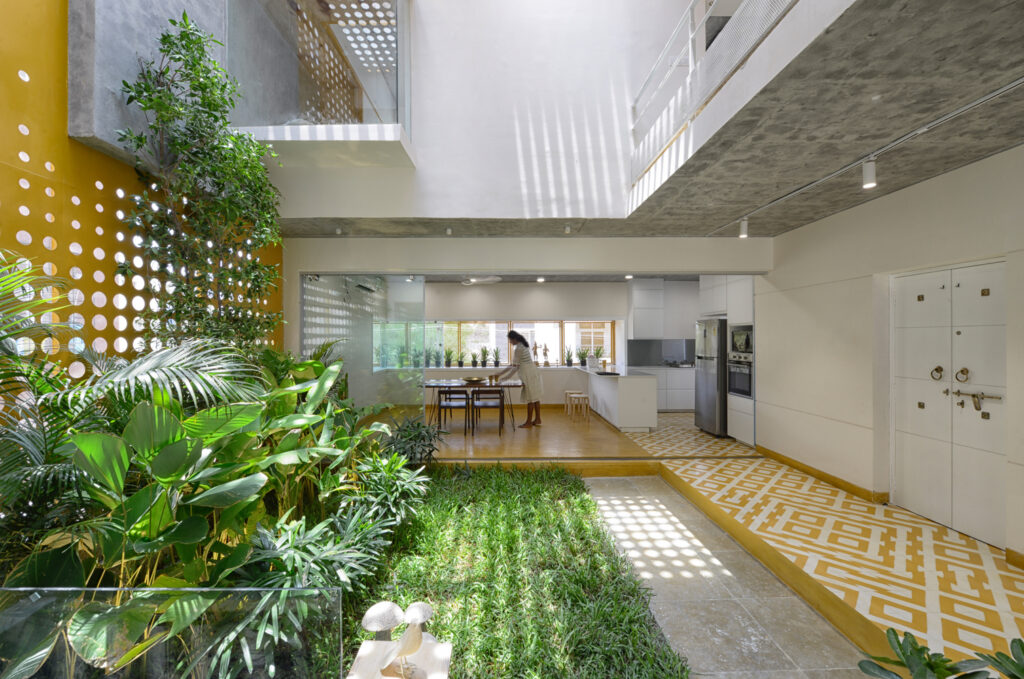
Picture Credits: archdaily
6. Nature Inspired Art and Graphics
Incorporating organic shapes, curves, and patterns that mimic elements found in nature can create a sense of comfort and familiarity in the built environment.
- Biophilic designs can be used into textiles, decorative items, and home design. These patterns are inspired by the shapes and forms seen in nature.
- The beauty of nature can be brought indoors through artwork that features natural scenery, landscapes, or wildlife, inspiring awe and amazement.
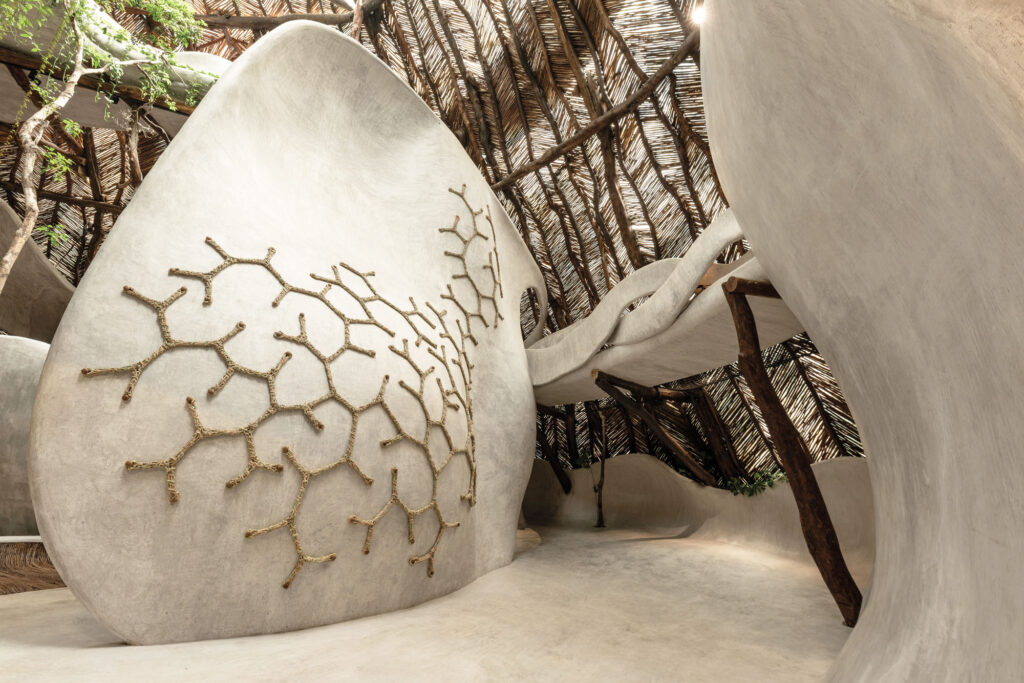
7. Nature-Based Colors and Textures
Using colors and textures inspired by nature, such as earth tones, blues, whites, and greens.
- Use of earthy colors will help to establish a calming and harmonious environment.
- The use of earthy color also makes you feel close to nature and such colors also makes the space to look big and clutter free.
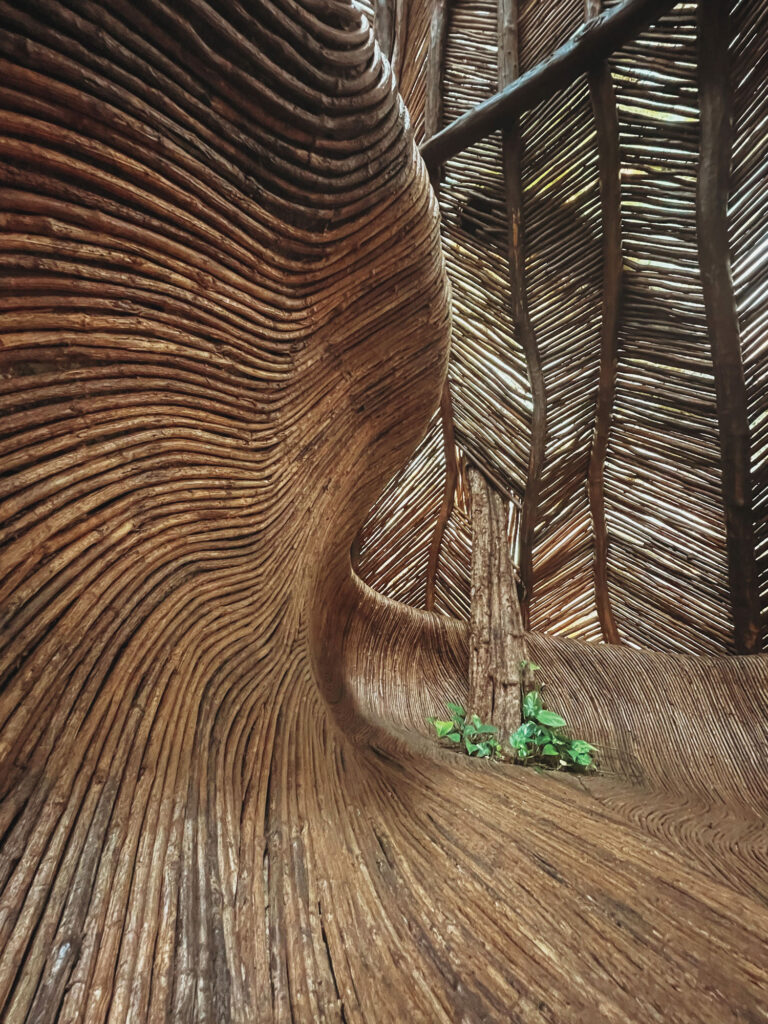
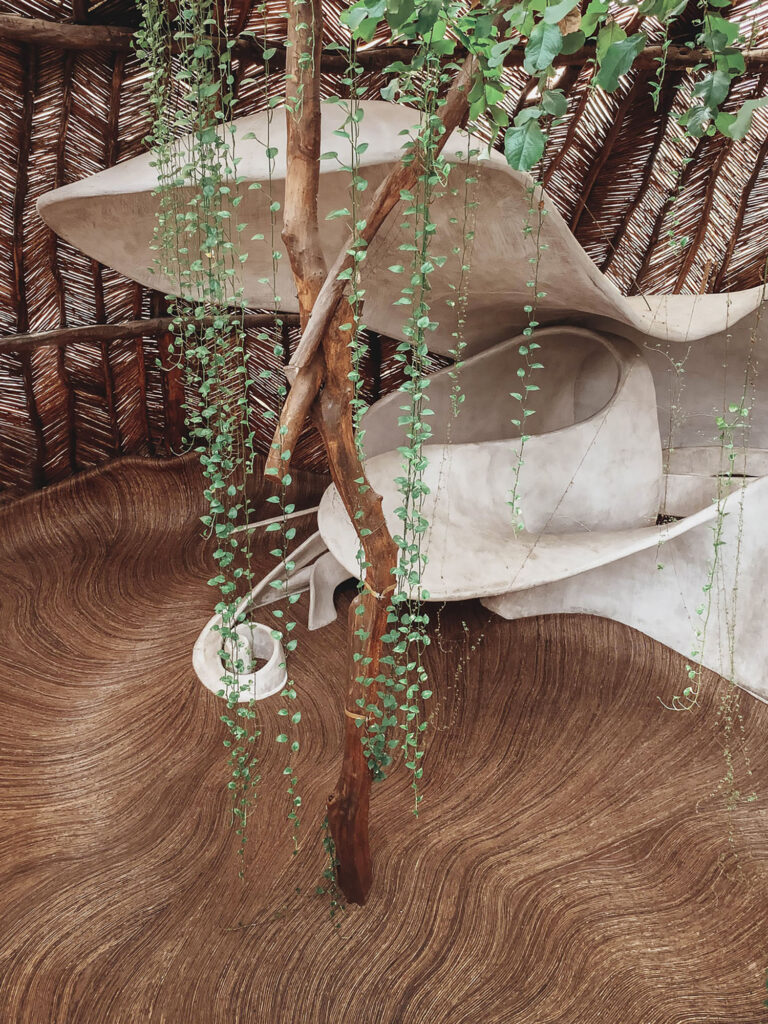
8. Connection to Water
The presence of water elements, such as fountains, pond, waterfalls, or ponds
- Presence of water body in a space can contribute to a tranquil and soothing atmosphere and evoke a sense of natural serenity.
- Introducing a water body also help in creating micro-environment in that space which can help in creating the cooler effect for that particular area.
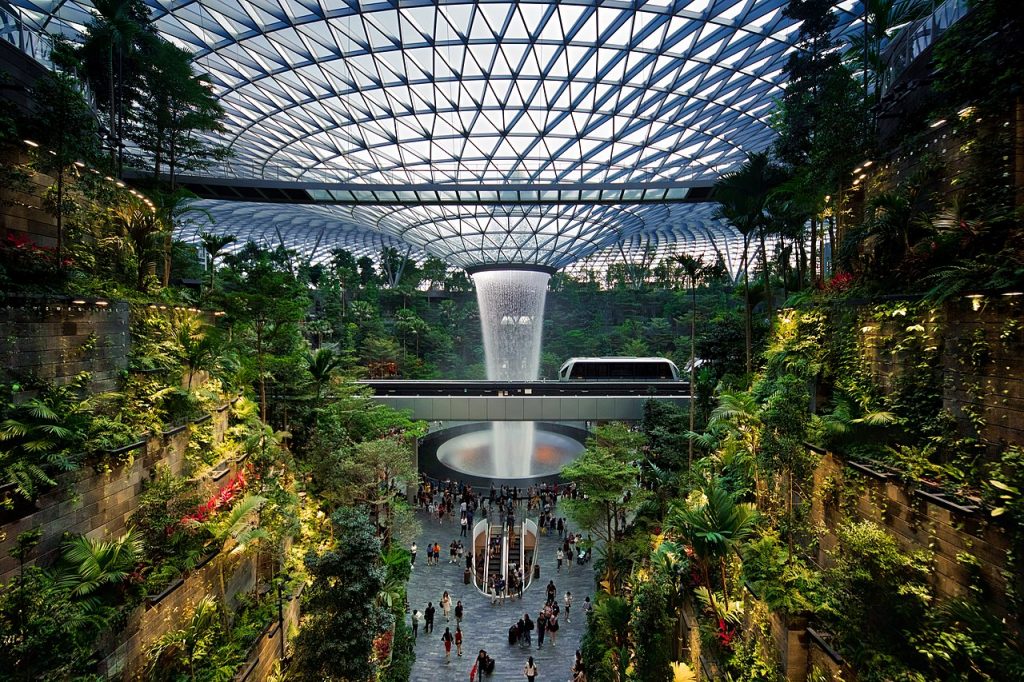
Picture Source: Wikimedia Commons
9. Outdoor Spaces and Nature Integration
Biophilic design encompasses not just interior environments but also the creation of outdoor places.
- Extending the biophilic experience beyond the building’s interior, by designing outdoor spaces like gardens, terraces, and green roofs, further enhances the connection to nature.
- This would help people enjoying being outside and reconnect with nature.
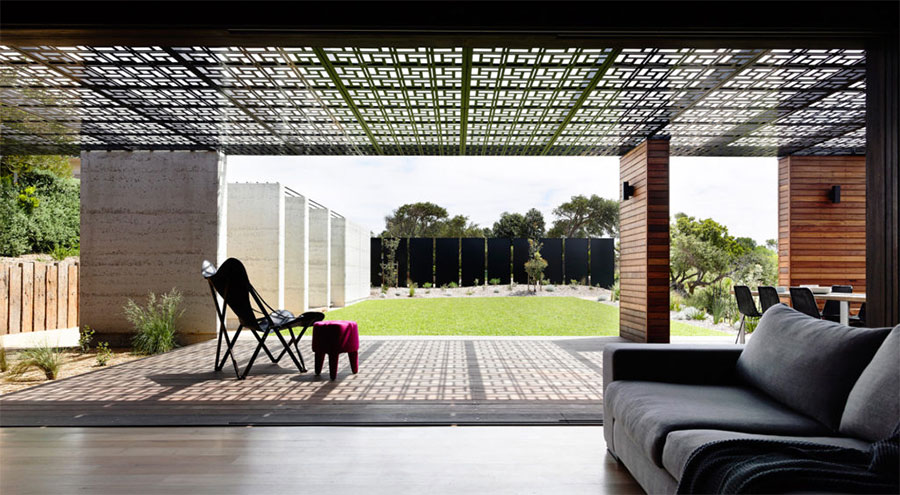
Picture credits: Terramai
10. Multi-Sensory Experience
Biophilic design engages multiple senses, including sight, sound, touch, and smell, to create a more immersive and emotionally satisfying experience for occupants.
- As this type of design uses nature inspired elements such as sunlight, water, plants, wood and stone- so it allows all the senses to participate which create the most rejuvenating experience for the users.
- The biophilic design help in creating a very different and enriching experience when compared to the any other conventional building design.
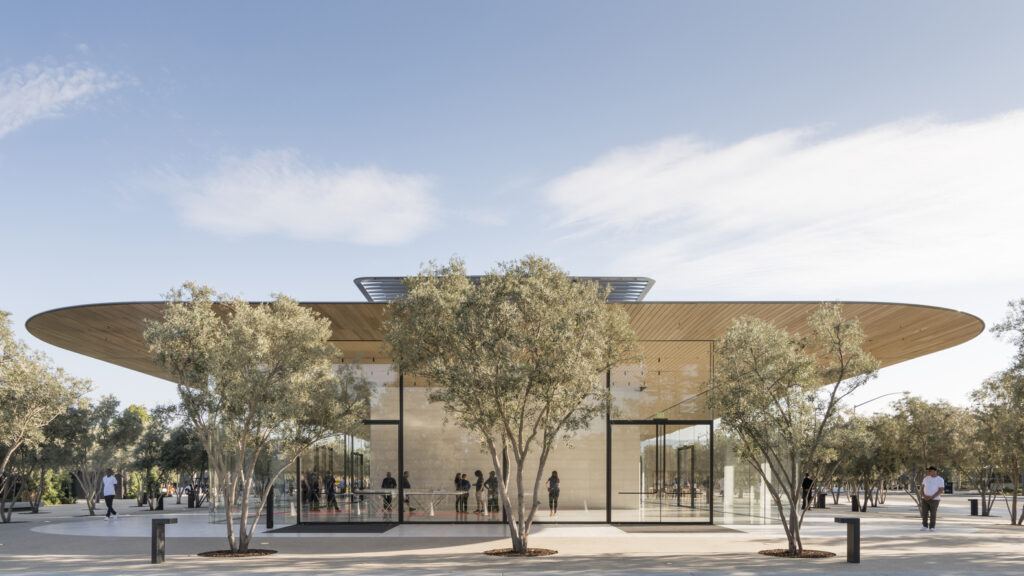
Applications of Biophilic Design:
- Workplace Wellness: Biophilic design has been demonstrated to improve employee wellbeing in corporate settings, boost output, and lower absenteeism, eventually resulting in a happier and more motivated workforce.
- Healing spaces: Biophilic design is employed in healthcare settings to provide calming, loving surroundings that promote patient rehabilitation and lessen stress for both patients and medical staff.
- Educational Environments: Biophilic design fosters better learning outcomes, more focus, and greater engagement among students, fostering an environment that is favourable for learning and development.
- Urban Revitalization: The use of biophilic design principles in urban planning and revitalization initiatives can result in lively, green urban environments that strengthen community linkages to nature. Benefits of Biophilic Design
- Enhanced Well-Being: It has been demonstrated that biophilic environments improve mental and emotional health by lowering stress, anxiety, and depression.
- Increased Productivity: Productivity Gains: Biophilic design fosters employee creativity and productivity by creating a more wholesome and enjoyable work environment.
- Improved Air Quality: By filtering contaminants and raising oxygen levels, indoor plants and greenery improve air quality and create healthier indoor environments.
- Living a Sustainable Life: Biophilic design frequently reflects sustainability ideals by increasing energy efficiency and minimising the total ecological impact of structures and towns.
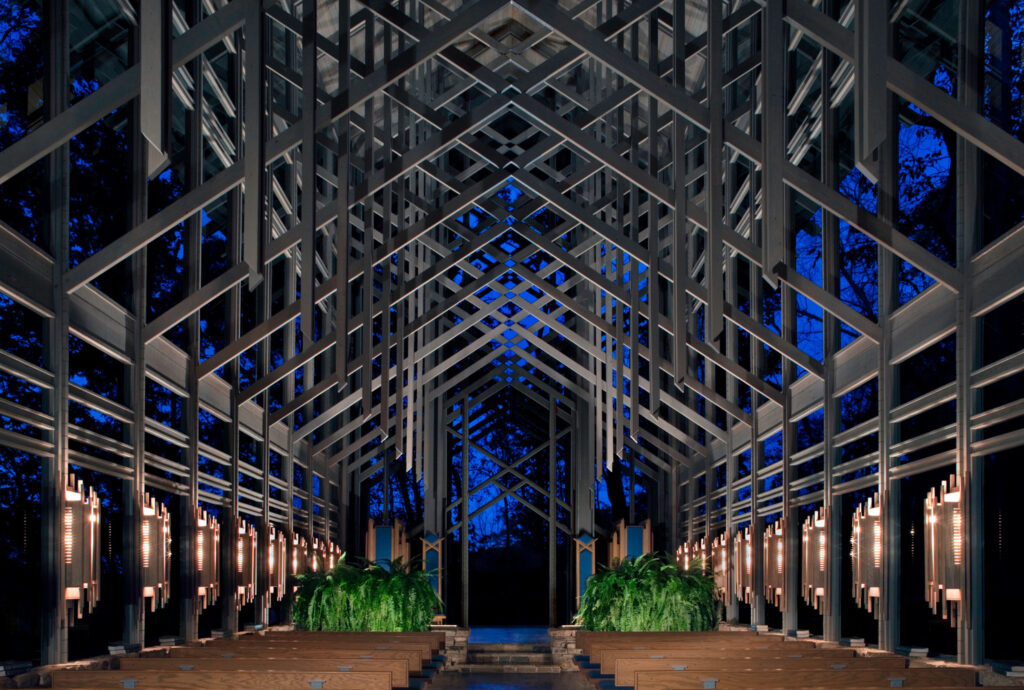
Disadvantages of Biophilic Designs:
- Costly and difficult to maintain: Effectively keeping numerous indoor plants, green walls, and other eco-friendly design components takes a lot more effort than regular building upkeep. Additional water and energy resources might be needed.
- Not easy to achieve: Biophilic Design is something which is not easy to achieve as it needs lots of design thinking and creativity which can achieve that bond with the nature.
- Use of non-native species: By introducing non-native species that compete with local flora and fauna, some biophilic designs may also harm the biodiversity of the area.
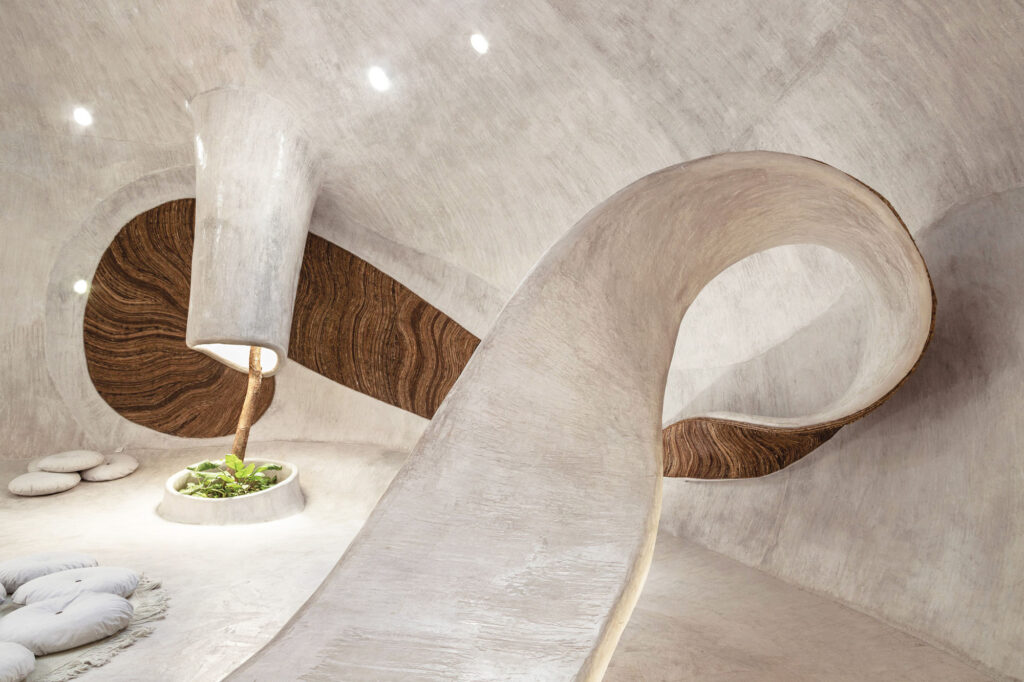
Examples of Biophilic Design Buildings:
I. Singapore:
The entire city-state of Singapore may be the first “biophilic city” in the world. The government has put a lot of work into incorporating vegetation, water, and wildlife into its buildings, parks, streetscapes, and offices.
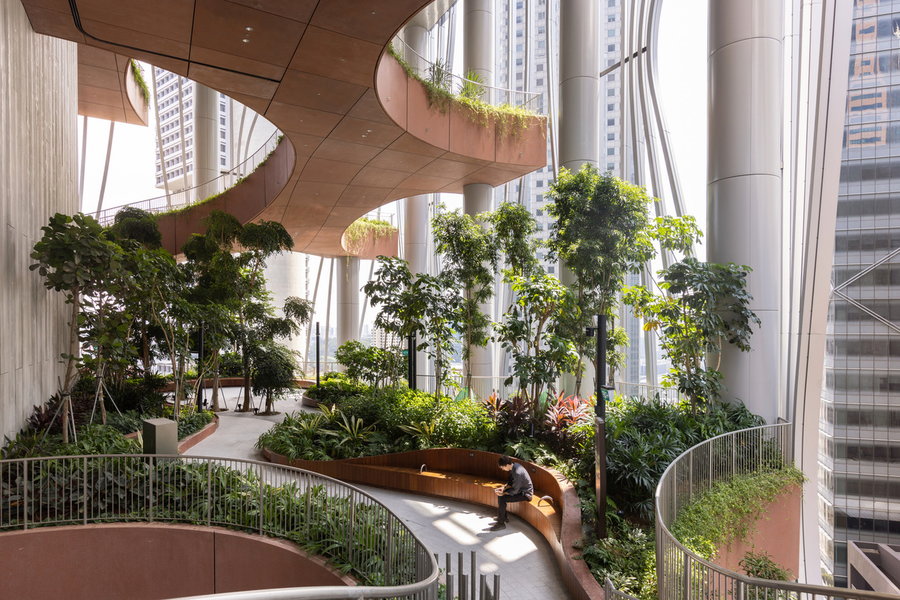
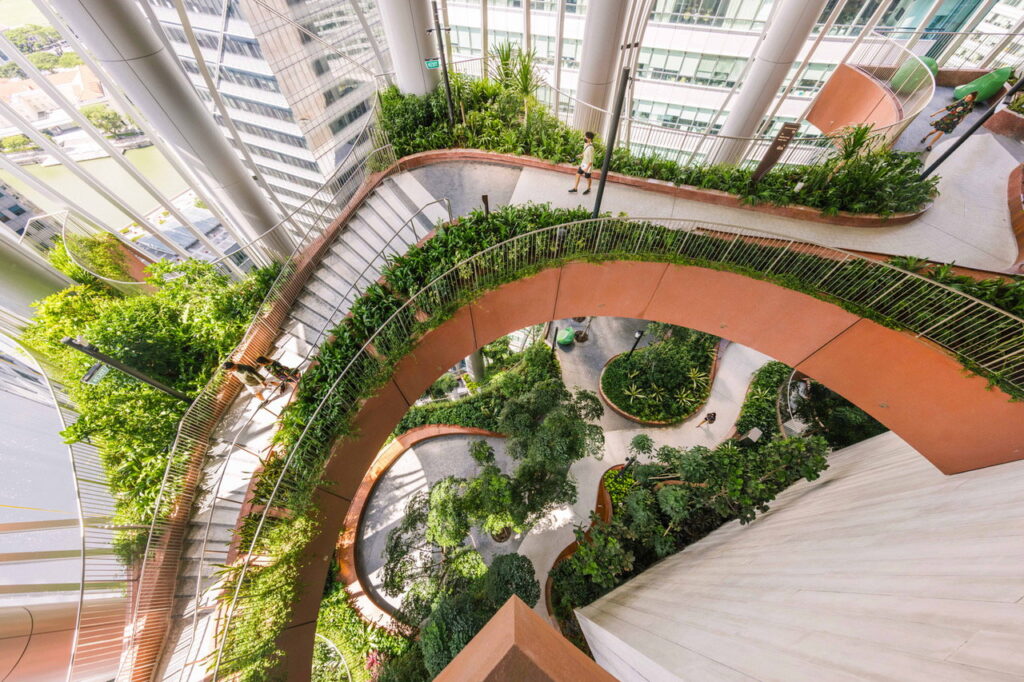
II. Apple Park, California, USA:
One of the best instances of biophilic architecture is widely recognised to be Apple’s brand-new campus. The donut-shaped building mimics the curved shapes of nature and floods the offices with light from all directions. A brand-new woods with 9,000 trees also encircles the site.
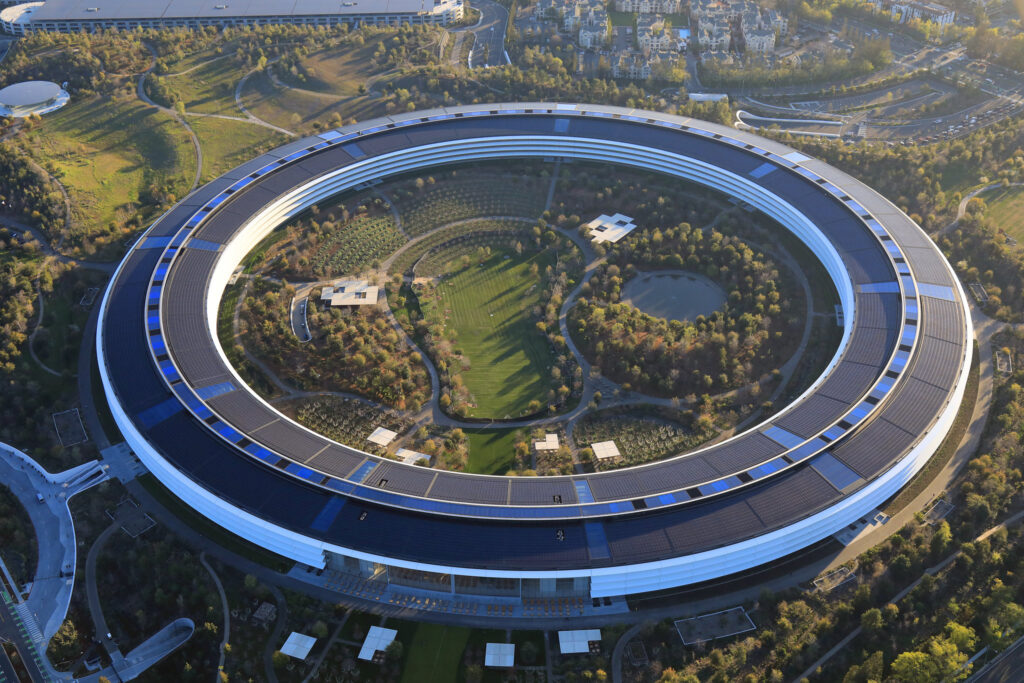
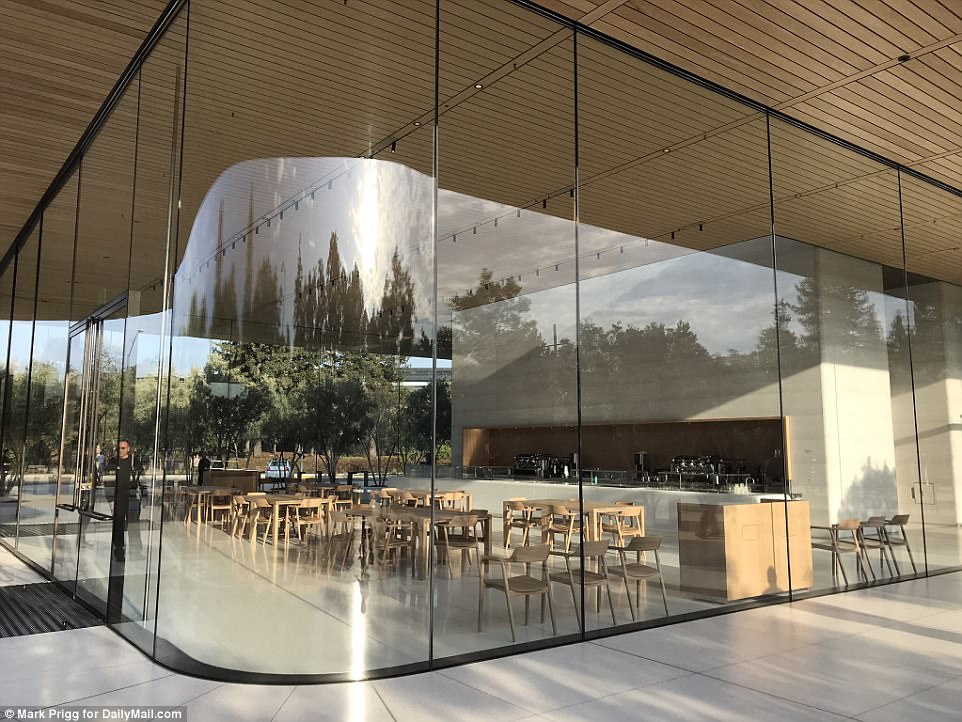
III. Bosco Verticale, Milan, Italy
The Bosco Verticale, or “vertical forest,” is a pair of residential towers in Milan that have hundreds of trees and shrubs growing up their walls and balconies. Rainwater collection systems irrigate the vegetation.
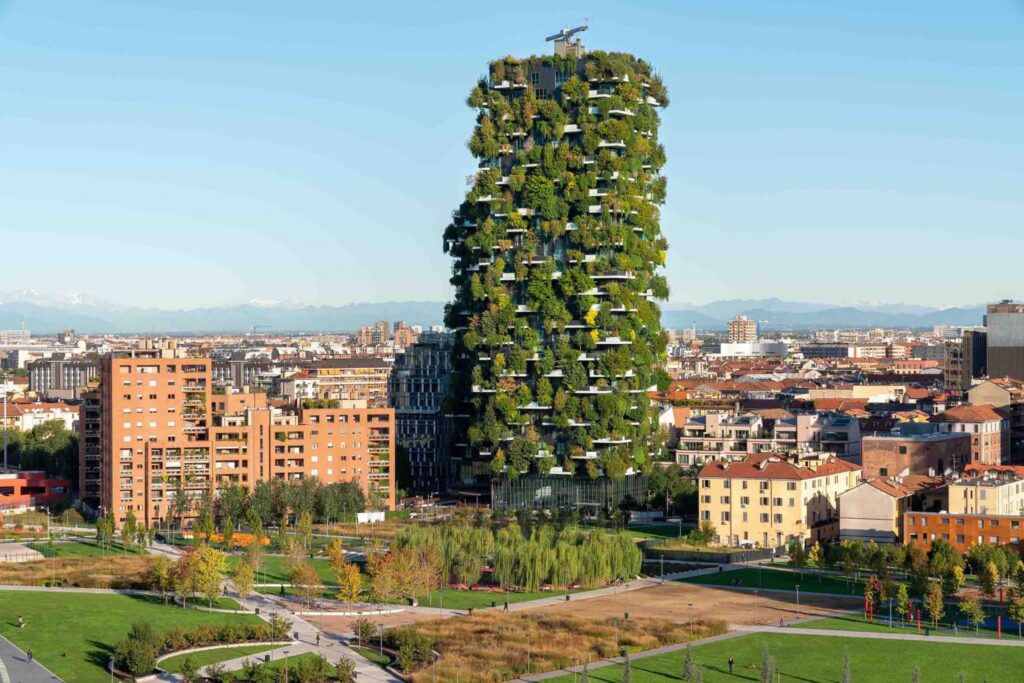
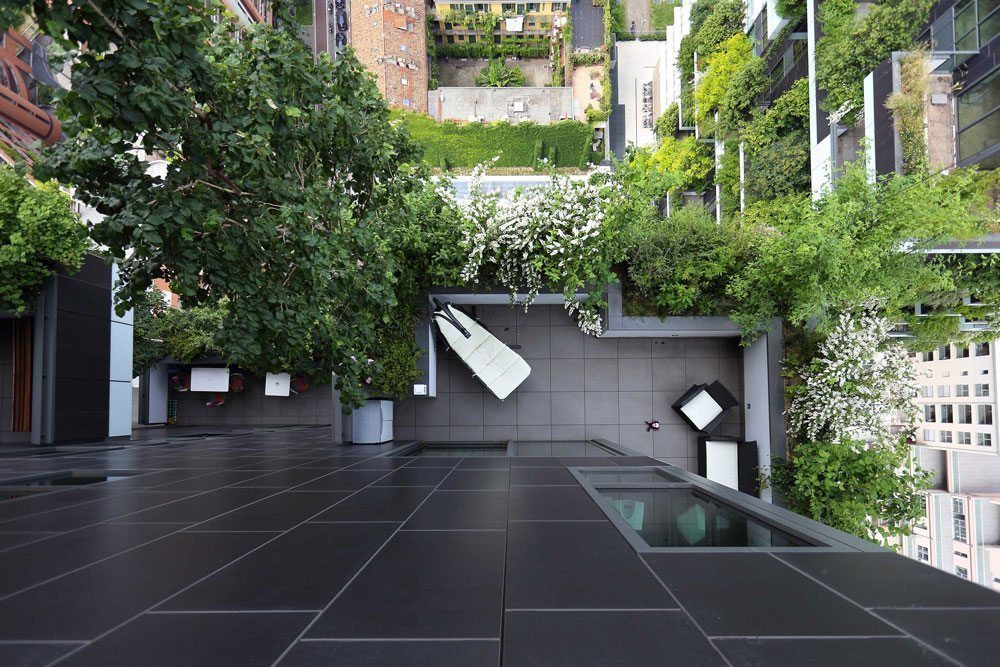
Conclusion-Biophilic Design: Reconnecting humanity with nature.
By adopting this strategy, we can create environments that nurture, inspire, and heal while fostering a profound reconnection with nature. As we move forward, let us acknowledge the significance of biophilic design in fostering a harmonious future where humanity thrives in harmony with the planet, embracing the beauty and tranquilly of the natural world. This type of architecture design would also help in creating positive environment around by cutting down on negative ones. We only have one earth, so this is the high time that we should start thinking about our future generations. Also teach them sustainable practices which are not creating harm to our environment and blending well with the surroundings.
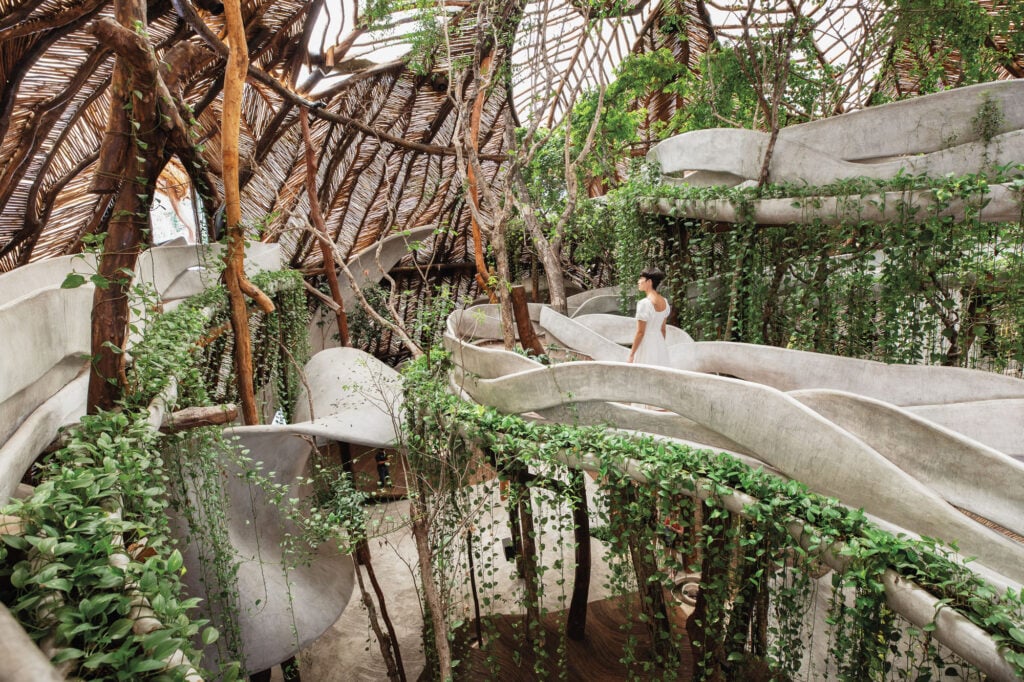
I hope you liked this blog Biophilic Design: Reconnecting humanity with nature, please let me know through your comments. Also share it with other people who are passionate about architecture and design. Contact us in case of any queries and also read my previous blogs related to architecture and travel. Thank you.
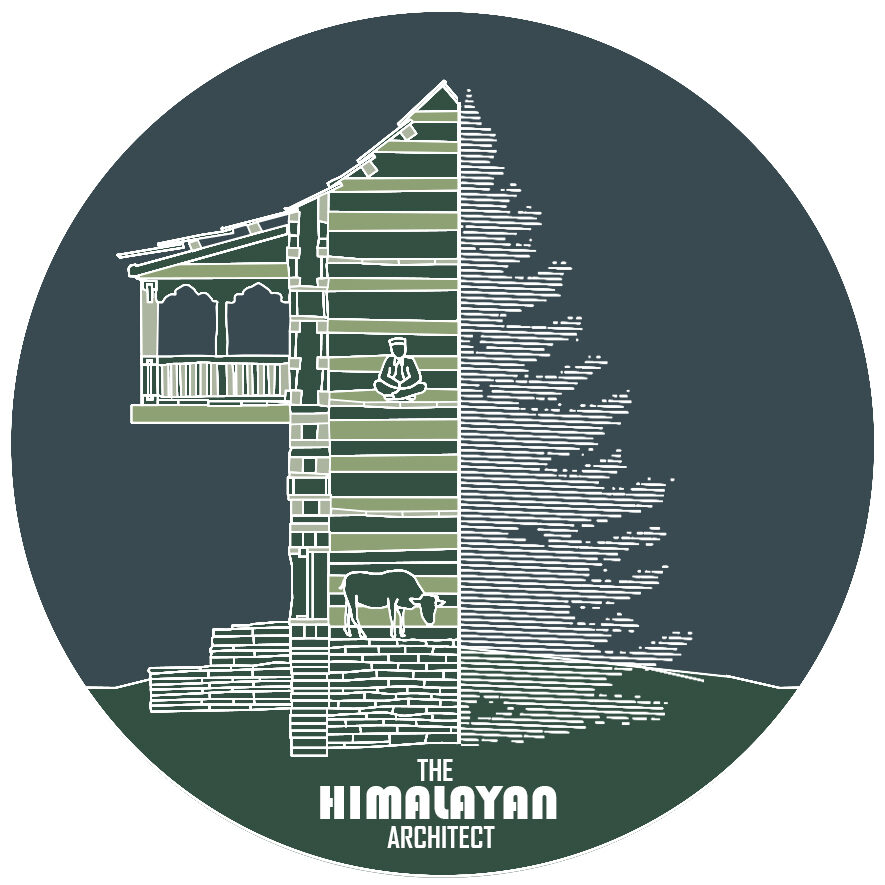


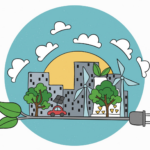
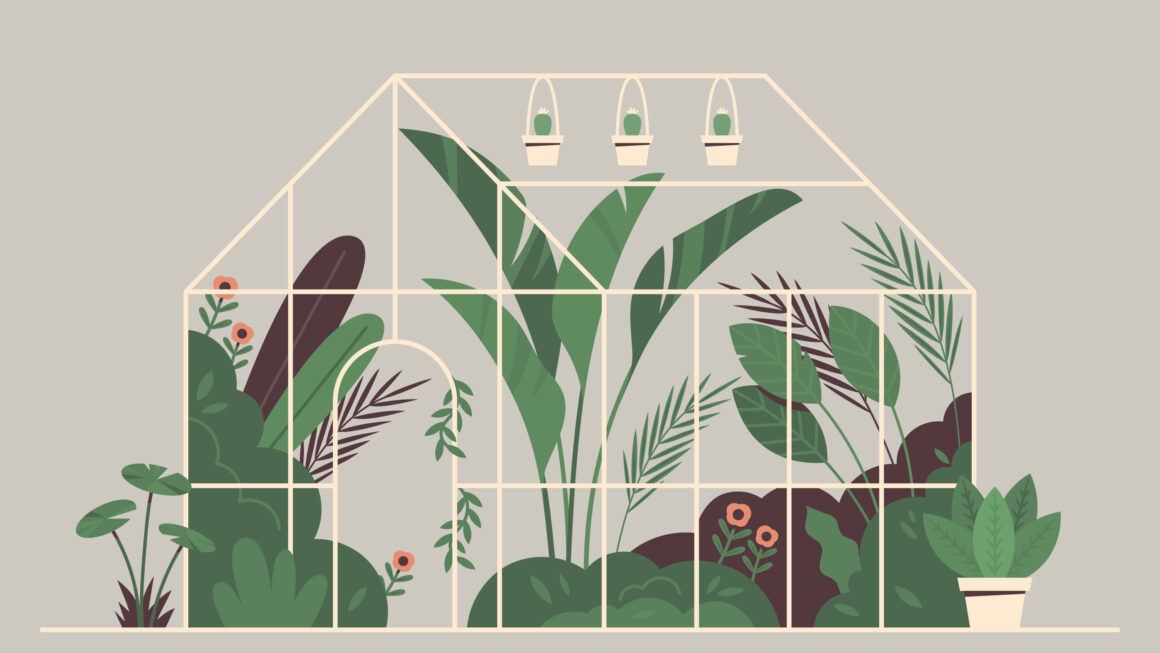
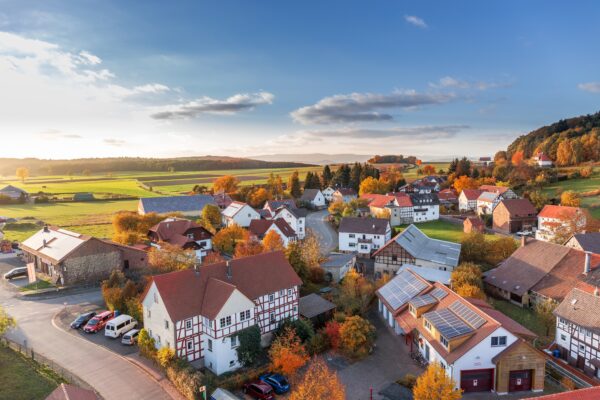
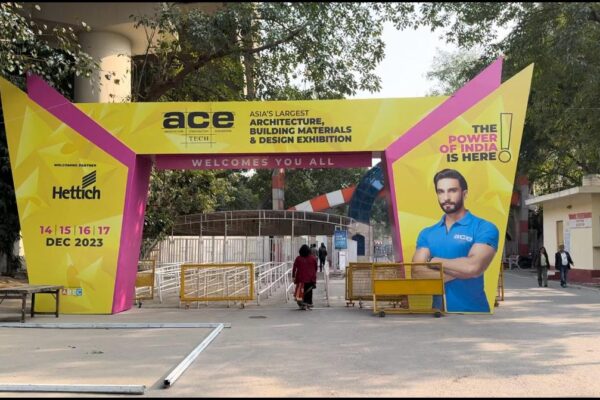

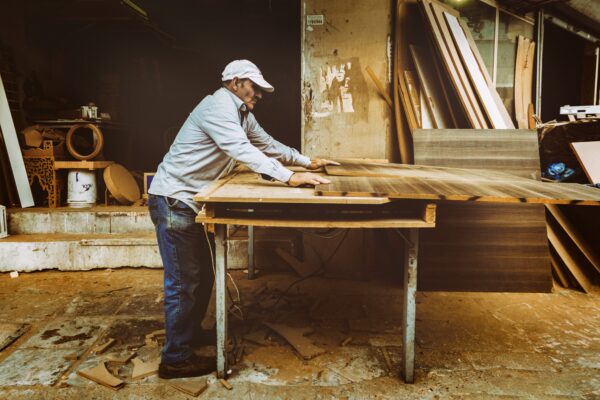
Good site! I truly love how it is simple on my eyes and the data are well written. I am wondering how I might be notified whenever a new post has been made. I’ve subscribed to your RSS feed which must do the trick! Have a nice day!
Appreciating the time and effort you put into your site and in depth information you offer. It’s great to come across a blog every once in a while that isn’t the same old rehashed material. Wonderful read! I’ve bookmarked your site and I’m adding your RSS feeds to my Google account.